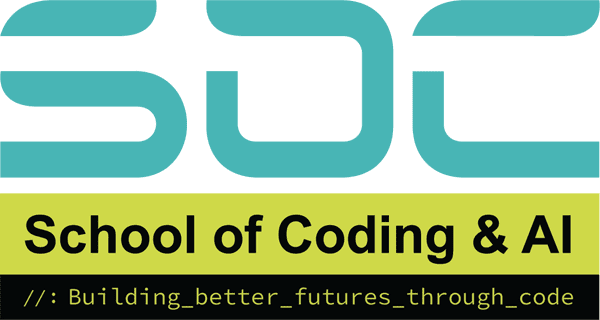Introduction
In the ever-evolving world of technology, one programming language has consistently risen to the top, captivating developers and businesses alike. Python, with its elegant simplicity and robust capabilities, has become a force to be reckoned with in the coding realm. This article will delve into the essence of Python, exploring its features, applications, and the reasons behind its meteoric rise in popularity. Whether you’re a seasoned programmer or a curious beginner, prepare to discover why Python is the language of choice for innovators and industry leaders worldwide.
What is Python?
Python is a high-level, interpreted programming language created by Guido van Rossum and first released in 1991. Known for its clear syntax and readability, Python emphasizes code simplicity and reduces the cost of program maintenance. It supports multiple programming paradigms, including procedural, object-oriented, and functional programming.
Key Features of Python:
- Simplicity and Readability: The syntax is intuitive and close to the English language, making it easier to learn and understand, especially for beginners.
- Versatility: Used in a variety of fields including web development, data analysis, artificial intelligence, and scientific computing, among others.
- Large Standard Library: Comes equipped with a comprehensive standard library, providing a wide range of modules and functions that simplify complex tasks.
- Cross-Platform Compatibility: Runs seamlessly on multiple platforms like Windows, macOS, and Linux, making it highly flexible for developers.
- Strong Community Support: Backed by a vast and active community, it offers extensive resources, libraries, and frameworks that make problem-solving easier and development faster.
These strengths contribute to its growing popularity and position as a go-to programming language for developers across different domains.
Python by the Numbers:
- According to the TIOBE Index, Python has consistently ranked as one of the top 3 programming languages since 2018.
- The 2021 Stack Overflow Developer Survey found that Python is the third most popular programming language, with 48.2% of respondents using it.
- Python’s job market share grew by 123% between 2017 and 2020, according to HackerRank’s 2020 Developer Skills Report.
- GitHub’s 2021 Octoverse report shows Python as the second most popular language on the platform, with a 22.2% share of pull requests.
- The Python Package Index (PyPI) hosts over 350,000 projects, showcasing the language’s vast ecosystem.
Also Read – Top 15 Python Interview Questions
Key Applications of Python:
- Web Development: Frameworks like Django and Flask make it a powerful tool for building web applications.
- Data Science and Analysis: Libraries such as NumPy, Pandas, and Matplotlib have made it the go-to language for data scientists.
- Artificial Intelligence and Machine Learning: TensorFlow, PyTorch, and scikit-learn have established it as a leader in AI and ML development.
- Automation and Scripting: Its simplicity makes it ideal for writing scripts to automate repetitive tasks.
- Game Development: Pygame and other libraries enable developers to create games efficiently.
- Scientific Computing: The language’s numerical computing capabilities make it popular in scientific and research communities.
The Future of Python:
As technology evolves, the role of this versatile language in shaping the future of programming remains significant. With a strong presence in emerging fields like artificial intelligence, data science, and the Internet of Things (IoT), its growth and innovation are set to continue.
Conclusion:
The combination of simplicity, power, and versatility has cemented this language’s position as a leading choice in today’s tech-driven world. From startups to Fortune 500 companies, its influence spans across industries, driving innovation and efficiency. Looking to the future, its role in technological advancements appears more crucial than ever. Whether you’re a seasoned developer or just starting your coding journey, learning and leveraging this language could be the key to unlocking new opportunities and staying ahead in the rapidly evolving digital landscape.
Frequently Asked Questions:
Python is a versatile, high-level programming language known for its simplicity and readability. Created by Guido van Rossum in 1991, it supports various programming paradigms and is widely used in web development, data analysis, AI, and more. Its clear syntax, extensive libraries, and strong community make Python a popular choice for beginners and experts alike.
Python’s popularity stems from its simplicity, versatility, and powerful capabilities. It’s widely used in emerging fields like data science and machine learning, contributing to its growing demand.
Absolutely. Python’s clear syntax and readability make it an excellent choice for those new to programming. Many educational institutions use Python as an introductory language.
Google, Netflix, Facebook, Instagram, and Spotify are just a few of the tech giants leveraging Python in their operations.
Python often outperforms other languages in terms of development speed and code simplicity. While it may be slower in execution compared to languages like C++, its productivity benefits often outweigh this drawback.
Django and Flask for web development, NumPy and Pandas for data analysis, and TensorFlow and PyTorch for machine learning are among the most popular Python frameworks.







